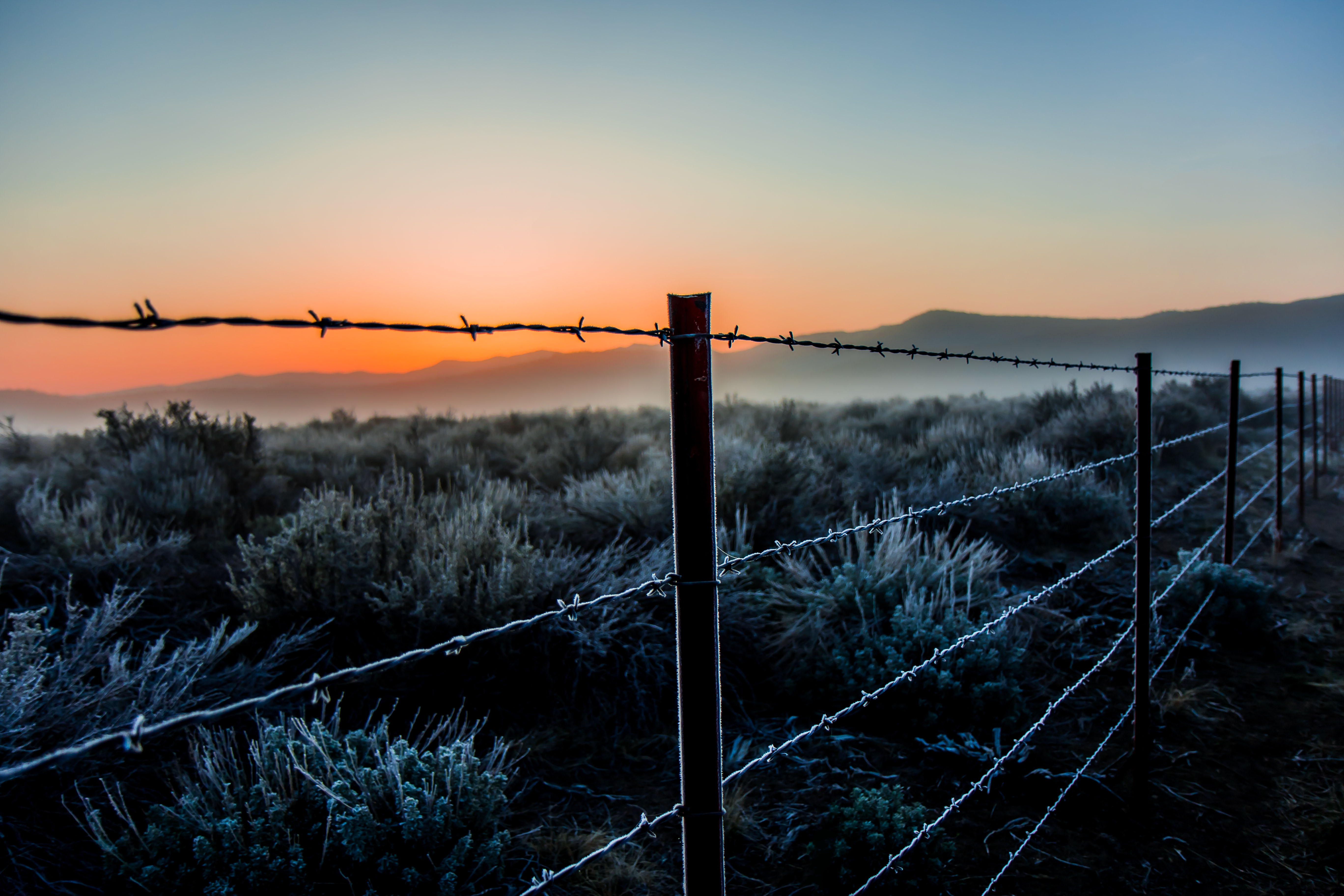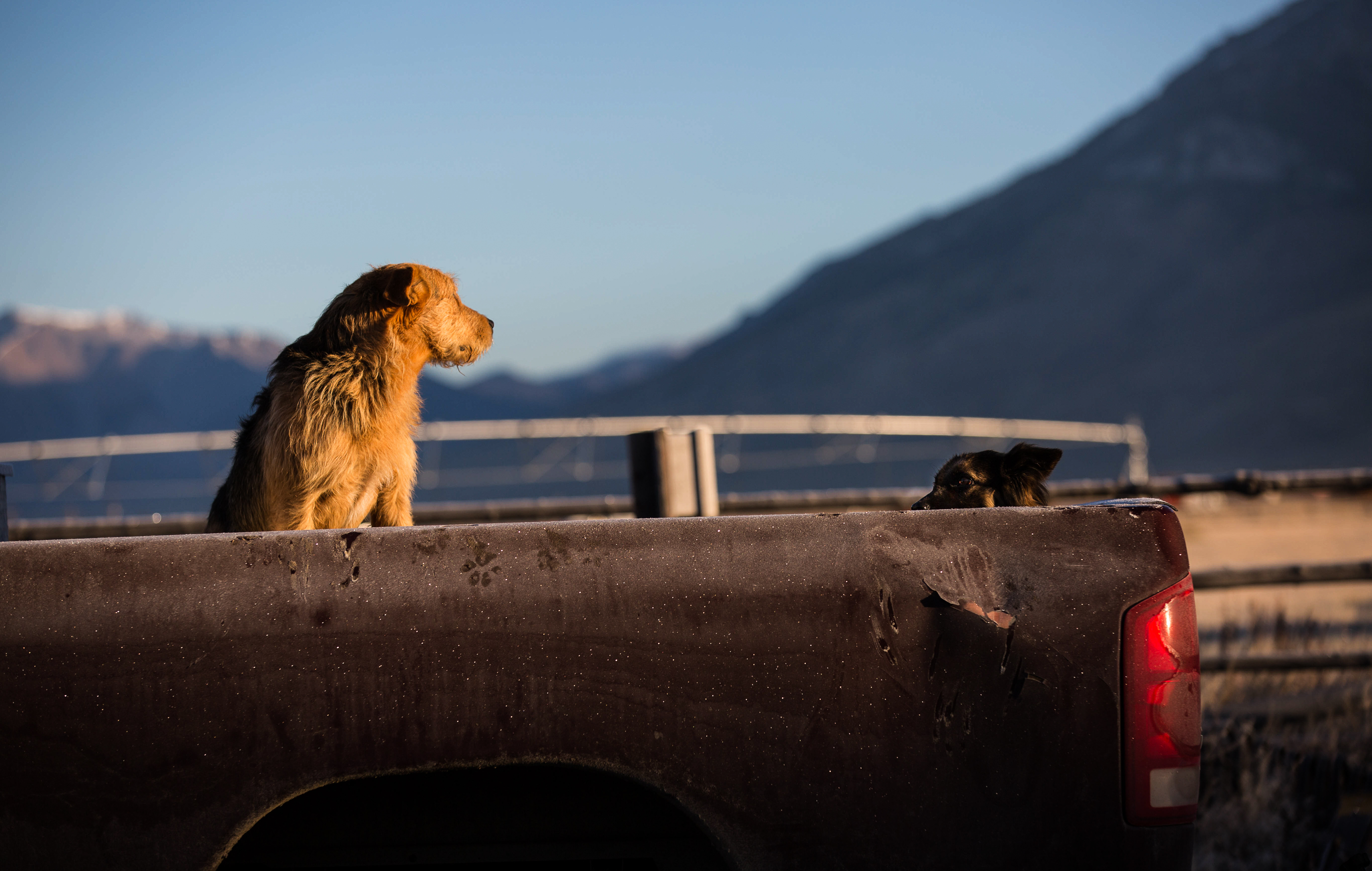Summertime is mostly about doing, not planning or thinking.
In the summer, the livin’ is ... busy! But just keep things rolling along in the garden, pastures, and hayfields. When you have an hour, pull soil samples from garden, orchard, pastures, and fields and have them tested for nitrogen, potassium, phosphorus, calcium, and pH so you know what and how much nutrients and lime are needed. The summer solstice arrived in mid-June, marking a happy time of year – by now the garden is starting to come in, young livestock are romping around, and there’s a parade of fresh berries coming into seasons.
Livestock and Poultry
- Sheep should be sheared by early summer.
- During hot weather, all livestock should have free access to a shady area, shed, or barn during the day where they can escape the flies and heat.
- Keep the water tank clean and full at all times.
- Older animals that didn’t give birth in spring can be culled now.
- Cattle or sheep intended for fall slaughter can be started on a daily grain ration now, if desired.
- Turning the bull out with the cows in July means most of the calves should arrive in April.
- A batch of meat chickens can be started in mid-summer for fall butchering.
- Laying hens will begin molting in late summer and quit laying, but if you started some new poults this spring they’ll start laying about the same time as the older birds take their six-week vacation (if your timing was right).

Pastures
- Mow fence lines for weed control.
- Check electric fences frequently.
- If you’re rotationally grazing your livestock, slow down the rotation or add more paddocks as heat and dry weather slow grass growth.
- Control the worst pasture weeds by mowing paddocks just after the animals have moved to a new one, or by hand chopping weeds.
Garden
- Keep weeding, watering, and mulching.
- Be alert for insect problems, and ready to hand pick or spray.
- For a longer harvest season, plant more salad greens and other quick-growing vegetables every two weeks.
- Keep harvesting—as more vegetables than you can eat start to flow into the kitchen, can, freeze, or dry the excess.
- A second round of root vegetables can be planted in mid-summer for fall harvest.
- As herbs mature, cut, tie in bunches, and hang up to dry in a dark, cool, dry area.
Fields
- First crop hay should be done by now; clean and check equipment so it’s ready for second crop. If you buy hay, this is a cheap time of year to do it.
- Put manure or fertilizer and lime on hayfields after the first cutting.
- Winter small grains are harvested in mid-summer; spring grains a little later. When that harvest is done, plant a cover crop or hay (alfalfa, grass, clover, or a mix).
Orchard
- Though many homesteaders don’t worry much about insect pests in the orchard, if you have a significant problem spray or put out traps.
- Fruit drops should be picked up, if possible, since these often harbor insect eggs and larvae. Young pigs and sheep can be given this duty (not grown pigs – they’ll destroy the trees).
- If you don’t regularly mow the orchard, doing so once or twice in late summer will make harvest much easier in the fall.

Equipment
- Keep a supply of gas, oil, grease, and commonly needed parts on hand, along with a toolbox, for the inevitable minor breakdowns and necessary maintenance to keep everything running.
Ann Larkin Hansen is the author of several books, including The Backyard Homestead Seasonal Planner: What to Do & When to Do It. She lives with her family on their farm in northern Wisconsin. Photography: (All Images) Courtesy the Annual C&I Photo Contest.
More Western Homestead
Your Spring Checklist
Your Winter Checklist
Your Autumn Checklist













